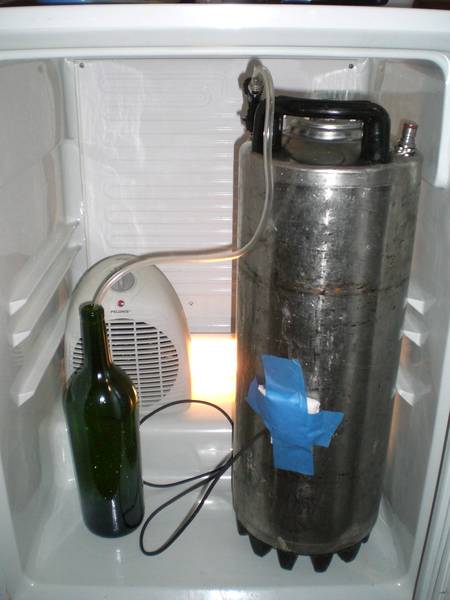Hugh_Jass
Well-Known Member
- Joined
- Nov 23, 2008
- Messages
- 1,956
- Reaction score
- 46
Their reasoning was the corny was too skinny and tall. They said there was a reason why conicals are shaped the way they are because that is the ideal shape for yeast to do its thing. They referenced Samuel Smith's square fermenters and diacetyl in the corners as support for their argument.
Basically, yeast can't move around as much in the corny and may flocculate early or maybe cause different esters than a carboy or conical. If you haven't been hitting your fg then I guess this idea could have some merit
That is a possibility. I haven't noticed any off flavors like diacetyl, but the SG is def. higher. Here's a thread that I posed the attenuation question.




























![Craft A Brew - Safale BE-256 Yeast - Fermentis - Belgian Ale Dry Yeast - For Belgian & Strong Ales - Ingredients for Home Brewing - Beer Making Supplies - [3 Pack]](https://m.media-amazon.com/images/I/51bcKEwQmWL._SL500_.jpg)

















